Baisakhi, the vibrant festival of harvest and new beginnings, will be joyously celebrated on Monday, April 14th . This auspicious occasion holds profound significance, especially for farmers, as it marks the culmination of the rabi crop harvest in Punjab and other northern states of India. Beyond its agrarian roots, Baisakhi is also a sacred festival for Sikhs, commemorating the establishment of the Khalsa Panth by Guru Gobind Singh Ji in 1699—a defining moment in Sikh history that symbolizes courage, unity, and devotion.
As the golden fields sway in the gentle spring breeze, communities come together in a spirit of gratitude, festivity, and spiritual renewal. Gurdwaras resonate with devotional hymns, langars (community kitchens) serve meals with love, and vibrant Bhangra and Gidda performances fill the air with infectious energy. Whether it is a time for religious reflection or cultural revelry, Baisakhi continues to be a celebration of life, prosperity, and the indomitable spirit of the people.
Let us explore the rich traditions, history, and significance of Baisakhi 2026, a festival that unites hearts and heralds new beginnings!
Significance & Importance of Baisakhi
Baisakhi is a festival of immense cultural, religious, and historical significance. While it is widely recognized as a harvest festival in Punjab, its importance extends far beyond agriculture. It marks the birth of the Khalsa Panth, a defining moment in Sikh history, and also holds deep spiritual, national, and cultural relevance for people across India. This vibrant festival embodies the themes of prosperity, faith, courage, and renewal, making it a cherished occasion for millions.
For farmers, Baisakhi is a time of gratitude and celebration. It signifies the end of the rabi crop harvest, bringing joy and relief as they reap the rewards of their hard work. Across Punjab and Haryana, the fields turn golden, symbolizing abundance and prosperity. Farmers express their thanks to nature and pray for a fruitful year ahead. The festival is celebrated with energetic Bhangra and Gidda performances, lively fairs, and joyous community gatherings, reflecting the deep connection between the land and its people.
Beyond its agrarian roots, Baisakhi holds profound religious significance in Sikhism. On this day in 1699, Guru Gobind Singh Ji established the Khalsa Panth, a brotherhood of devoted Sikhs who pledged to uphold justice, equality, and righteousness. The Guru initiated the first Panj Pyare (Five Beloved Ones), creating a new identity for Sikhs based on courage, selfless service, and unwavering faith. To this day, Sikhs commemorate this momentous occasion with special prayers, Nagar Kirtans (religious processions), Amrit Sanchar (initiation into the Khalsa), and community feasts (langar), reinforcing the ideals of unity and devotion.
Baisakhi is also a day of spiritual awakening and communal harmony. Devotees visit Gurdwaras, engage in prayers and kirtans, and participate in seva (selfless service), embodying the principles of humility and generosity. The festival strengthens bonds within the community, as people come together to share food, joy, and faith. The vibrant atmosphere of Baisakhi fairs, filled with traditional music, handicrafts, and festivities, adds to the cultural richness of the occasion.
The significance of Baisakhi extends beyond Punjab, as it is celebrated in various forms across India. In West Bengal, it is observed as Pohela Boishakh, marking the Bengali New Year. In Kerala, it is known as Vishu, while Tamil Nadu celebrates it as Puthandu. Assam welcomes the Assamese New Year with Rongali Bihu, and Odisha observes Maha Vishuva Sankranti. These diverse celebrations reflect the festival’s universal essence of renewal, gratitude, and joy.
Baisakhi is not just a festival—it is a celebration of life, faith, and unity. Whether through the sounds of dhol and folk dances, the sacred hymns in Gurdwaras, or the spirit of service in community kitchens, it continues to inspire generations. As we celebrate Baisakhi 2026, let us embrace its timeless values of gratitude, courage, and togetherness, moving forward with hope and enthusiasm for the future.
History & Stories of Baisakhi Festival
Baisakhi, celebrated with much fervor, is not just a festival of harvest, but also carries many stories, both historical and religious, that give it its profound significance. The stories associated with Baisakhi are a rich tapestry of tradition, spirituality, and transformation, especially within the Sikh community.
One of the most important and revered stories linked to Baisakhi is the establishment of the Khalsa Panth by Guru Gobind Singh Ji in 1699. On this day, Guru Gobind Singh called upon his followers to unite and take a stand for justice. In a historic gathering at Anandpur Sahib, he asked for volunteers who were willing to sacrifice their lives for the cause of righteousness. Five men, later known as the Panj Pyare (Five Beloved Ones), stepped forward, each ready to give their life for the Guru. To their surprise, Guru Gobind Singh initiated them into the Khalsa, a brotherhood of devoted Sikhs, and gave them the sacred Amrit (nectar), marking the birth of the Khalsa. This moment of spiritual awakening was a turning point in Sikh history, creating a distinct identity for Sikhs, symbolizing courage, equality, and faith.
In addition to the religious story, Baisakhi also holds significance as an agricultural festival. The story goes that during the harvest season, farmers across Punjab would gather to offer thanks to the gods for a bountiful harvest. The festival became a way for them to celebrate the fruits of their labor, hoping for continued prosperity in the seasons to come. The golden fields of wheat and barley were seen as a gift from nature, and farmers expressed their gratitude through prayers and songs. Over time, Baisakhi became a community celebration, marked by dance, music, and traditional fairs, symbolizing the joy of harvest and the unity of rural communities.
A poignant story tied to Baisakhi is the Jallianwala Bagh massacre, which occurred on April 13, 1919, the day before Baisakhi. During a peaceful gathering of thousands of Indians in Amritsar to protest against British rule, General Dyer ordered his troops to open fire on the unarmed crowd. Hundreds were killed, and many more were injured, leading to a national outcry. The tragedy galvanized the Indian independence movement and became a symbol of the fight against colonial oppression. Every Baisakhi, the memory of Jallianwala Bagh serves as a reminder of the sacrifices made for freedom, and the day has since become a part of the collective consciousness of the Indian people.
Another story from Punjab is that of Baisakhi as the day of divine blessings. It is believed that on this day, the holy river Ganga descended from the heavens to the earth, bringing purification and prosperity. Pilgrims visit sacred places, especially the riverbanks, to take a holy dip, believing that doing so will wash away sins and bring peace. This story reinforces the theme of spiritual renewal and the purification of the soul, which is a central aspect of Baisakhi.
These stories highlight how Baisakhi is much more than just a harvest festival. It is a day of spiritual awakening, unity, historical remembrance, and cultural celebration. Each story associated with Baisakhi contributes to the deeper meanings of the festival, making it a time of reflection, joy, and gratitude for people across India and the world.
Festival Date, Time, Muhurat & Tithi
Baisakhi 2026 will be observed on Tuesday, April 14, 2026.
Vaisakha month, as per the lunar calendar.
Key Timings for Baisakhi 2026:
Vaishakhi Sankranti Moment - 09:39 AM
Mesha Sankranti on Tuesday, April 14, 2026
Note: Sunrise and sunset vary by region and date due to India's geographical diversity. For exact timings, refer to local astronomical data.
How to celebrate Baisakhi
Baisakhi is a joyful and significant festival that is celebrated in various ways, with each tradition emphasizing themes of gratitude, renewal, and spirituality. Here is a guide on how to celebrate Baisakhi, reflecting its cultural, agricultural, and religious importance:
Religious Celebrations
- Visit a Gurdwara: For Sikhs, Baisakhi is one of the most important days of the year. Devotees often visit Gurdwaras (Sikh temples) to offer prayers and seek blessings. The Akhand Path (continuous reading of the Guru Granth Sahib) is often organized in Gurdwaras, and the atmosphere is filled with kirtans (devotional hymns) and prayers. The day is a time to renew one’s commitment to the principles of Sikhism: courage, selflessness, and service to others.
- Amrit Sanchar: Many Sikhs participate in the Amrit Sanchar on Baisakhi, a ceremony where they are initiated into the Khalsa by taking Amrit (holy water) and committing to a life of devotion and discipline. This is a key event for Sikhs, as Baisakhi marks the founding of the Khalsa by Guru Gobind Singh Ji in 1699.
- Langar Seva: Offering langar (community meals) is a form of seva (selfless service) and a significant tradition on Baisakhi. Gurdwaras serve free meals to all, regardless of their background, as a symbol of equality and community.
Agricultural and Cultural Celebrations
- Harvest Festivals: In agricultural regions, especially Punjab, Baisakhi marks the end of the harvest season. Farmers express gratitude for the abundant crops by organizing family and community gatherings, feasts, and traditional dances.
- Bhangra and Gidda: These lively dances are central to Baisakhi celebrations in Punjab and surrounding regions. People gather in villages and towns to perform Bhangra (a lively and energetic dance) and Gidda (a folk dance performed by women), celebrating the harvest and the spirit of unity. The beats of the dhol (drum) provide the rhythm for the dancers.
Community Celebrations
- Baisakhi Melas (Fairs): In many regions, Baisakhi Melas (fairs) are organized with stalls selling handicrafts, sweets, clothes, and traditional items. These fairs often feature cultural performances, games, and rides, bringing people together in celebration.
- Feasts and Social Gatherings: People invite relatives, friends, and neighbors to celebrate together. Sharing meals, exchanging greetings, and coming together as a community are all important elements of the Baisakhi celebrations.
Spiritual Reflection and Renewal
- Fasting and Prayer: Some people observe a fast on Baisakhi to cleanse the body and spirit, dedicating their day to prayer and reflection. The fast is usually broken with a meal after visiting a temple or Gurdwara.
- Rituals and Offerings: Some families set up small altars at home, offer flowers, fruits, and incense, and pray for peace, prosperity, and the well-being of their loved ones.
Festive Foods
Feasts are an integral part of the Baisakhi festival and the traditional Karah Prasad, a semolina concoction prepared with wheat, clarified butter and sugar is a special delicacy. Karah Prasad is also commonly known as Aata Halwa. This is mainly a part of the prasad distributed in the Gurdwaras.
The important Baisakhi food prepared on this day basically involves the harvested crops. Sarso ka Saag, Makke ki Roti, Dal Makhni, Punjabi Kadhi, Pindi Choley. Some other common dishes are chole bhature, parathas. The sweet dishes include meethey chawal, pinni, phirni, jalebis. The most famous lassi is prepared as the special drink.
Baisakhi is a festival that embodies themes of spiritual renewal, gratitude, and community celebration. Whether through prayer, dancing, feasting, or selfless service, it is a time to come together in joy and thanksgiving. The celebrations offer a moment to reflect on life’s blessings, seek spiritual growth, and connect with others in a meaningful way.
Baisakhi Festival Puja Vidhi (Puja Procedure)
Baisakhi is a sacred occasion for devotees, and performing the Puja (ritual worship) on this day is a way to seek blessings for prosperity, spiritual growth, and well-being.
The Baisakhi Puja procedure typically begins with cleaning the home or temple area where the puja will be performed. This step is important as it helps create a purified and peaceful environment for the rituals.
Once the space is cleaned, devotees set up a small altar or Puja place. They place an idol or picture of a deity, such as Bhagwan Vishnu, Goddess Lakshmi, or Guru Nanak Dev Ji, depending on their tradition. The altar is decorated with fresh flowers, incense, and lighting a lamp (diya). A copper or silver pot (Kalash) is also placed on the altar, filled with water, and topped with mango leaves and a coconut, symbolizing prosperity and blessings.
The next step is to offer fruits, sweets, and other offerings, such as milk and honey, to the deity. Devotees then light incense sticks or a diya and offer prayers, reciting mantras or hymns from the sacred texts. In Sikhism, it is common to recite passages from the Guru Granth Sahib, invoking the blessings of Guru Nanak and Guru Gobind Singh Ji. The recitation of devotional songs or hymns (kirtan) also adds to the spiritual atmosphere.
After the prayers, devotees may offer Arti (a ritual of waving a lit lamp) to the deity while singing hymns or mantras. The Arti symbolizes the purification of the soul and the dispelling of darkness with the light of knowledge. Some devotees may also perform a small fire ritual (homa) to further purify the environment and seek divine blessings.
Once the prayers and rituals are complete, devotees conclude the puja by offering Prasad (blessed food) to the family and community members, sharing the blessings of the day. It is also customary to make a donation to the needy or to a religious institution as a way of showing gratitude and ensuring the well-being of others.
The entire procedure is done with devotion, respect, and a sense of spiritual renewal, reflecting the deep significance of Baisakhi. This Puja is not only a way to seek divine blessings for the harvest and prosperity but also a means to celebrate the unity, peace, and harmony that the festival represents.
Baisakhi Puja Mantras
While performing the puja, several mantras are chanted to invoke the blessings of the deities. Here are a traditional Baisakhi Puja mantras:
'Om Gan Ganapataye Namah'
This mantra is dedicated to Bhagwan Ganesha, the remover of obstacles. Chanting this mantra ensures that the path to success and prosperity is clear, removing any hindrances during the harvest season or new beginnings.
'Om Vishnave Namah'
This mantra is dedicated to Bhagwan Vishnu, the preserver of the universe, and is often recited during auspicious occasions to invoke his blessings for peace and prosperity.
'Om Shreem Maha Lakshmaye Namah'
This mantra is dedicated to Lakshmi Mata, the goddess of wealth and prosperity, seeking her blessings for abundance in life.
For Sikhs, the following can be chanted to honor the teachings of Guru Nanak Dev Ji and Guru Gobind Singh Ji:
'Waheguru, Waheguru, Waheguru'
A powerful chant invoking the name of the Almighty, Waheguru, often repeated in Baisakhi Puja to connect deeply with the divine.
Reciting these mantras with devotion during the Baisakhi Puja helps purify the mind and heart while invoking blessings for prosperity, peace, and spiritual awakening.
Baisakhi Vrat Vidhi (Fasting Procedure)
Baisakhi Vrat is a form of fasting observed by devotees to seek blessings for prosperity, health, and spiritual growth. The procedure for observing the Baisakhi fast typically starts with a purification of the mind and body. Devotees clean their homes and prepare a quiet, peaceful space for fasting and prayer. This creates an environment conducive to meditation and reflection during the day.
The fasting begins early in the morning, ideally after taking a bath to purify the body. Devotees may choose to fast in different ways depending on personal traditions, but many observe a partial fast, abstaining from solid food and consuming only fruits, water, and other light foods like milk or nuts. Some people choose a complete fast, refraining from all food and water throughout the day.
The day is dedicated to prayers and meditation, focusing on spiritual reflection and connection with the divine. Devotees may visit temples or Gurdwaras, where they participate in prayer, chanting mantras, and listening to devotional songs or hymns. For Sikhs, chanting 'Waheguru' or reciting hymns from the Guru Granth Sahib is an integral part of the fasting procedure.
During the fast, devotees often avoid worldly distractions, focusing on inner peace and devotion. It is customary to offer prayers to Bhagwan Vishnu, Goddess Lakshmi, or Guru Nanak Dev Ji and ask for blessings for health, wealth, and a prosperous year ahead. Some also participate in the recitation of sacred texts or perform selfless service (seva), which is an important aspect of the festival.
At the end of the day, the fast is broken in a simple and humble manner, typically with prasad (blessed food) offered in temples or Gurdwaras. After breaking the fast, it is customary to share food with family and neighbors as an act of kindness and community. The fasting procedure ends with a sense of gratitude and spiritual fulfillment, as the day is seen as a time for renewal and self-discipline.
In some traditions, the Baisakhi fast is also a time to donate to the needy or to religious causes, completing the ritual of devotion and selflessness. The entire process is carried out with reverence, as it is believed that observing the Baisakhi Vrat brings peace, happiness, and divine blessings into one’s life.
Baisakhi Vrat Katha (Traditional Fasting Story)
The Baisakhi Vrat Katha is a traditional story associated with the observance of the Baisakhi fast. This story holds spiritual significance and is often recited during the festival to inspire devotion and reflection. It is believed that by listening to or narrating this story while fasting, devotees can purify their hearts, gain spiritual merits, and seek blessings from the divine.
The story is centered around the legend of King Harishchandra, a righteous and just king of ancient India. According to the tale, King Harishchandra was a man of immense integrity and moral strength. He was known for his truthfulness and devotion to justice, even when it led him to make personal sacrifices. However, due to a curse from the sage Vashishtha, King Harishchandra faced severe trials. His kingdom was taken away from him, and he was forced to live in poverty and hardship.
Despite all his suffering, Harishchandra remained committed to truth and justice. One day, he was approached by a sage who advised him to observe a fast on the day of Baisakhi, urging him to dedicate himself to Bhagwan Vishnu during the fast. The sage told him that by observing the Baisakhi fast with sincerity, he would be freed from his misfortunes and blessed with prosperity.
King Harishchandra, recognizing the spiritual power of the Baisakhi fast, decided to observe the vow. He fasted for the entire day, praying with all his heart to Bhagwan Vishnu for deliverance from his suffering. As the sun set, Harishchandra experienced a deep sense of peace and spiritual fulfillment. He felt the divine presence and received the blessings of Bhagwan Vishnu.
In recognition of his devotion, Bhagwan Vishnu appeared to him in a vision and blessed him with the return of his kingdom, health, and wealth. His hardships were removed, and he was restored to his rightful place as a powerful and righteous ruler.
The Baisakhi Vrat Katha symbolizes the power of truth, devotion, and faith in God. It teaches that by observing a fast with a pure heart and dedication to spiritual practices, even the most challenging situations can be transformed. It also emphasizes the importance of selfless service and charity, as King Harishchandra’s life was marked by generosity and care for his people, even in his times of difficulty.
Reciting the Baisakhi Vrat Katha during the fast is believed to bring spiritual purity, divine blessings, and relief from troubles. Devotees observe this story as a reminder that by adhering to the path of righteousness and devotion, one can overcome adversities and achieve peace, prosperity, and divine grace.
Regional Variations Of Baisakhi Festival
Along with Baisakhi, India also witnesses many other versions of this festival being celebrated in the other parts of the country.
Bihu , also known as Bohag Bihu, is one of the key festivals in Assam which is also celebrated in several parts of Manipur and Bengal. This harvest festival celebrates the changing of seasons marked by the unique Bihu dance and elaborate dinners shared with families. Rice, coconut, jaggery, sesame, and milk are the main ingredients that are used to prepare the Bihu delicacies.
Vishu , widely celebrated in Kerala, marks the new year. The festival is also celebrated in parts of Karnataka, Tamil Nadu, and Pondicherry. The day begins with the worshipping of Vishukkani - which has the idols of Bhagwan Krishna along with a platter of fresh flowers, fruits and vegetables. The day is marked by a special afternoon meal ‘Sadhya’ that features an assortment of vegetables, rice and sweets.
Puthandu is being celebrated on April 14 in Tamil Nadu , and Tamil-dominated countries Sri Lanka and Mauritius. According to the Tamil Calendar Varusha Pirappu, Puthandu marks the first day of the first month (Chithirai). The night before the auspicious day, a tray full of fruit, betel leaves, gold ornaments, silver jewellery, money/cash/coins and flowers are put together in the prayer room for the Bhagwan Vishnu to view as the first thing.
Poila Boishakh is celebrated on April 15 in West Bengal , and parts of Tripura. According to the Bengali calendar, it is the first day of the first month (Baishakh), and people thank the divine forces for the harvest of the previous year and that to follow. People decorate their houses with rangoli in their courtyards made with a paste of rice and water (alpona). Families celebrate the new year with Bengali folk songs and dances in traditional attire.
In the Mithila region of Bihar and Nepal, Baisakhi is celebrated as Jur Sital. It is traditional to use lotus leaves to serve sattu (roasted red gram flour) and raw mango to the family members.
Puja Utensils, Essentials
Rudra Centre brings an extensive collection of Puja Articles which caters to all that is required for daily and special Puja Vidhis. We offer variants of designs and sizes in each category. The list includes handcrafted Puja Mandirs, Puja Pedestals, offering Bowls, Panchpatra, intricately carved Puja Thalis, Abhishek Vessels, in different materials, Pure Silver/German Silver articles like Kalash, set of Shodash Upachara and Several other Puja Articles, which we deliver at your doorstep.
Vishnu Puja
The purpose of performing the Anant Vishnu Puja is to attain blessing of Bhagwan Anant Vishnu and to blessed by materialistic comforts, peace of mind and happiness. This divine form of Bhagwan Vishnu is also worshipped to regain lost wealth. The Vaishnavites, revere Him as the Supreme deity, one who has no beginning and no end.
The benefits of performing the Anant Vishnu puja is as follows:
- Offers divine blessings of Bhagwan Vishnu
- Offers divine blessings of Goddess Lakshmi
- Invites riches and prosperity
- Offers success and growth in all undertakings
- Helps to recover lost wealth
- Offers overall abundance
- Offers contentment and bliss
- Offers protection from negative energies and evil spirits
- Fills life with happiness
Rudra Centre Puja Services is the oldest and most trusted Online Puja Services provider in the world. Over 20 years we have organized Yagnas, Pujas, Homas and Kathas like Ati Rudra Mahayajna, Sahasra Chandi Homa, Akhand Ramayan Paath, Shiva Maha Puran Katha, 4 Prahar Mahashivratri Mahapuja with teams of 100’s of curated priests for the benefit of mankind and our global clientele.
Conclusion
In conclusion, Baisakhi is a festival that encapsulates the essence of spiritual renewal, community unity, and gratitude. Whether through its agricultural significance, where it marks the harvest of crops and celebrates the abundance of nature, or its deep religious roots in Sikhism, commemorating the creation of the Khalsa Panth, Baisakhi serves as a reminder of the values of devotion, equality, and selfless service. The celebrations, from the vibrant dances of Bhangra and Gidda to the devotional prayers and rituals performed in Gurdwaras and temples, reflect the joyous spirit of the festival.
It is a time to reflect on life’s blessings, express gratitude for the good fortune received, and seek divine blessings for prosperity and peace. Through fasting, prayers, and acts of charity, devotees strengthen their connection to the divine, purify their hearts, and renew their commitment to living a life of righteousness and service. Whether celebrated in the fields of Punjab or in communities worldwide, Baisakhi brings people together in celebration of both harvest and harmony, reaffirming the shared human values of love, peace, and unity.

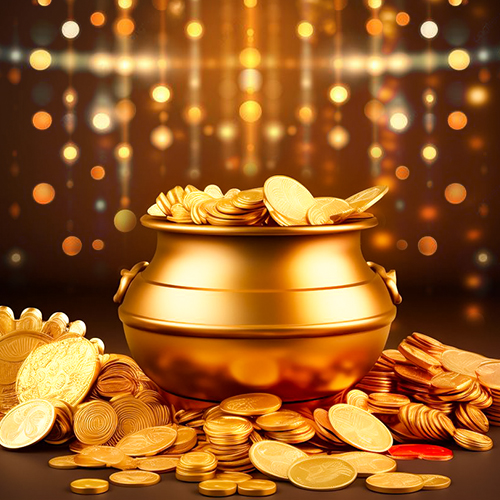
-in-Astrology.jpg)
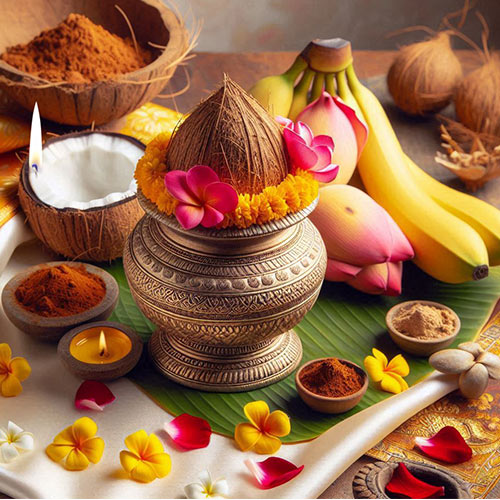
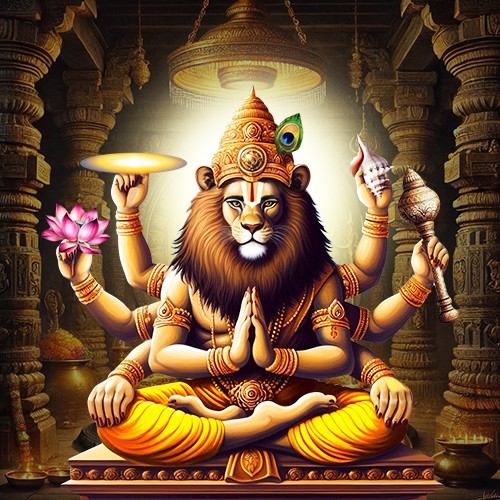
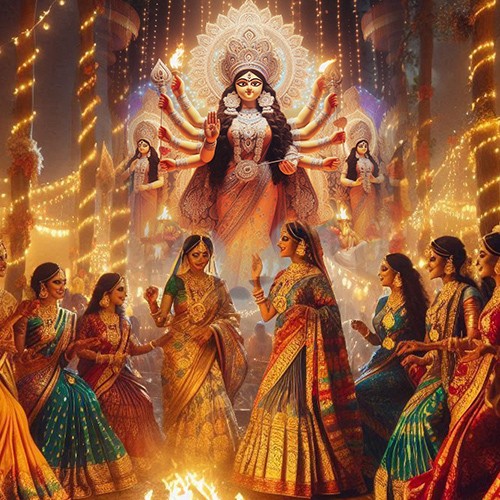
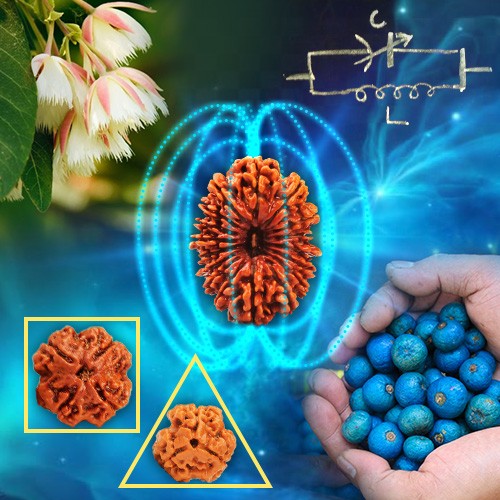

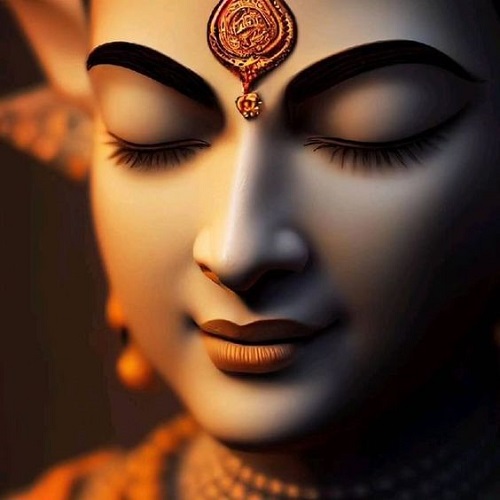
.jpg)
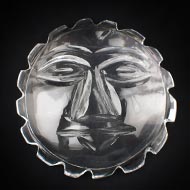
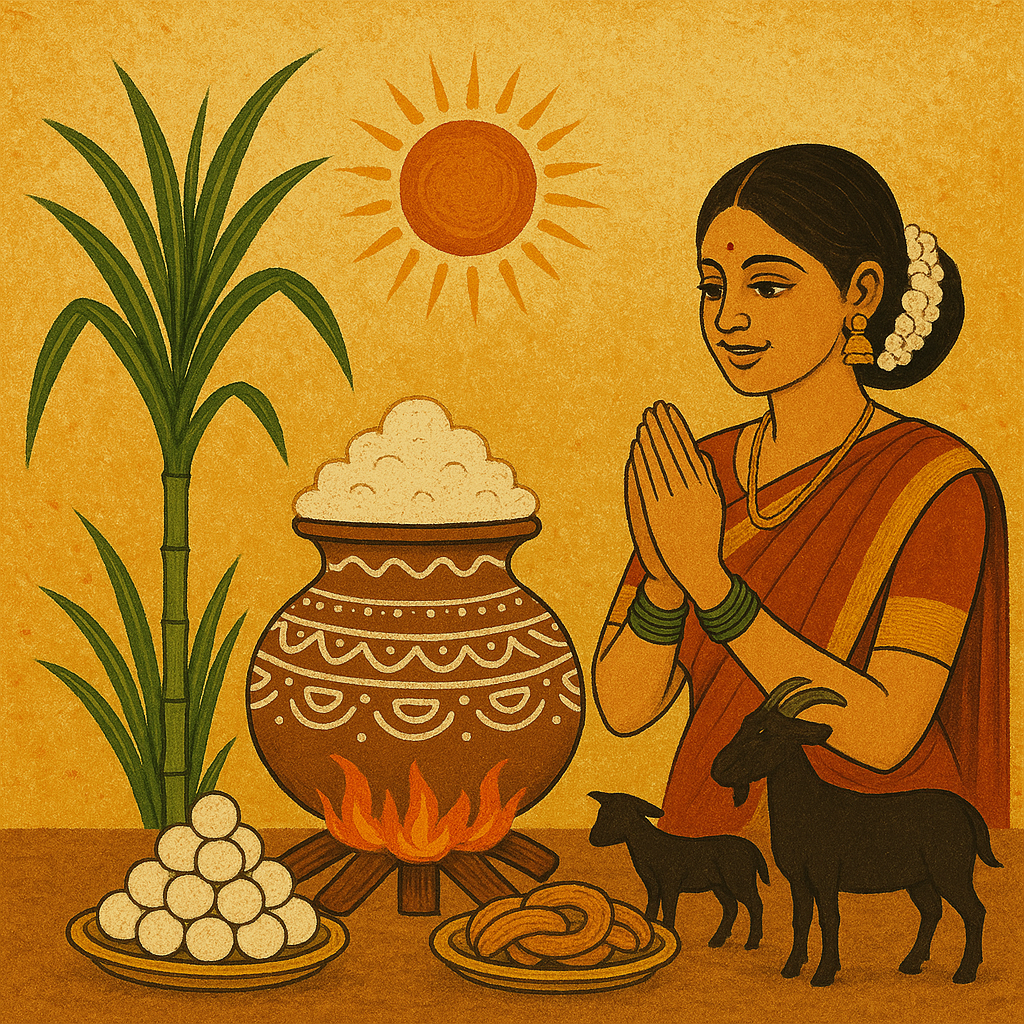

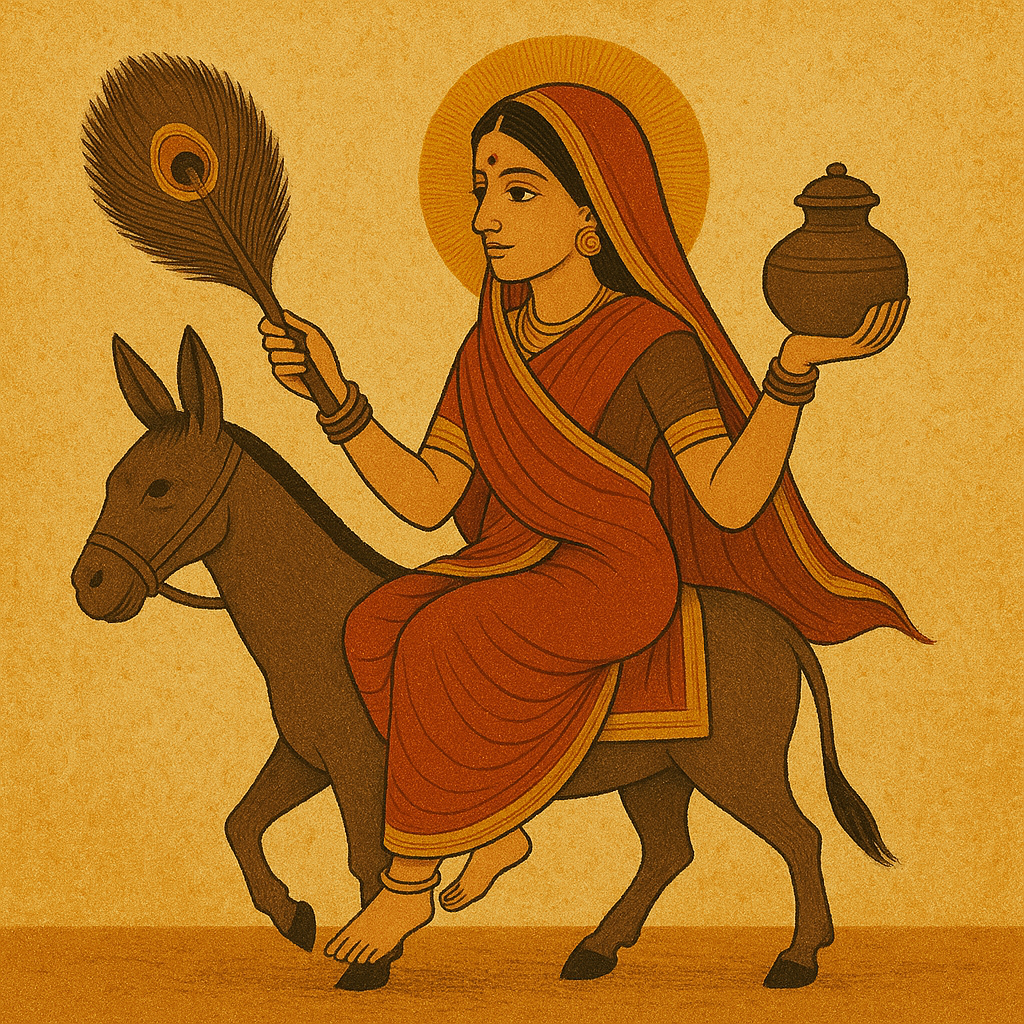
Comments 0
Leave your thought here